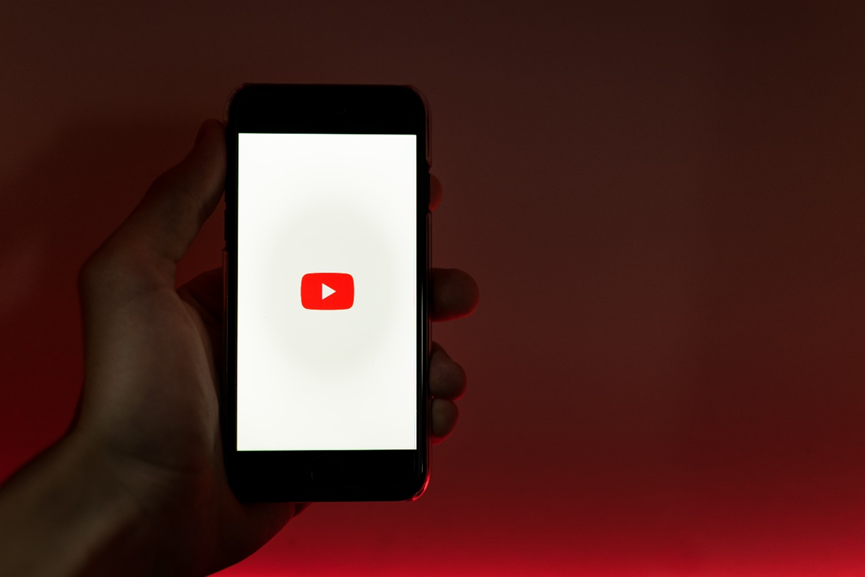As the hybrid work model becomes more prevalent, there is a misconception that hybrid work is similar to remote work. If you are dealing with the same misconception, before we discuss the hybrid workplace statistics, let me give you a brief overview of remote and hybrid work.
Revolution of Work style
With the development of AI and machine learning technology and the popularity of mobile applications, new forms of work are being created. This means employees must work from home and work from home (or with colleagues). However, this trend will be evident when employees come to work at a higher level. As digital technology allows employees to perform work from home, it enables employees to create environmental conditions that match where they work. This means employees are more likely to find satisfaction and are encouraged to work and rest at home. Doing so not only gets them more value but also helps them reduce stress and stay healthy. Of course, even though you think work forms will improve, you can still work the way you used to. This is just one good example of how the work structure has evolved.

What is hybrid workplace model?
Hybrid work models offer the best of both worlds – a combination of onsite and remote work. For example, employees can work from home few days a week and stay in the office two days a week. Or there may be specific days when leaders want staff to attend in-person meetings. This arrangement allows employees to maintain the flexibility they enjoyed while working from home while maintaining a vital face-to-face connection with colleagues.
Hybrid work is slightly different from hybrid teams, where some teams work together onsite part or all of the time, while the rest are fully remote.
Types of hybrid model
You can separate hybrid models into three different types. One is the remote first, where employees work remotely during office hours and only attend the office when it is necessary. Two is the office occasionally; this is when the employees are required to attend to the office for certain days of the week, and the rest of the time will work from home. Lastly, the office first is when the employees are required to attend the full office time, and only due to unavoidable circumstances are the employees allowed to work elsewhere.
Remote First
This is where anyone with the tools to work remotely can do so most of the time. Most organizations adopted a remote-first model at the start when it was considered unsafe to travel by public transportation and socialize with people outside the home. Some companies, including Shopify and Upwork, say they will stick to a remote-first model even after the pandemic starts to fade.
Office Occasionally
Businesses resume working remotely and seek to take advantage of the in-person meetings and team-building of employees that workplace environments can foster. In this situation, employees come into the office few days a week, allowing them to communicate with colleagues and attend important team meetings face-to-face.
Office First
Organizations prefer that most people work from an office, although they still offer remote working. Some employees are free to work from home if needed, but it needs to be actively encouraged.
Challenges of Hybrid Working
While the hybrid workplace model seems to attack the right balance, it has its challenges. Challenges of adopting hybrid models include:
Difficulty of Maintaining Relationships
Joining a hybrid team is like being in a long-distance relationship. It takes trust, regular contact and a lot of resolution to make it work.
Lack of Interactions
Many people enjoy random chats that happen in the workplace. Remote workers feel they are missing out on office culture, spontaneous communication, and teamwork. Working in the office makes it easier for employees to mingle, catch up instantly, and socialize after hours. Many of the challenges faced by hybrid teams boil down to ease of connectivity.
New Learn from Old
This is one of the largest challenges of working in a hybrid. New hires will find it easier to get the hang of it if they spend only limited time with their office colleagues. Not only that, but it's much harder to connect with colleagues if they don't have any face-to-face interactions. This can lead the employees to feel isolated and depressed.
Fairness
People sometimes feel that on-site workers are better off than remote workers. Leaders may perceive employees they “see” in the office as more engaged and give them more support. Remote workers can feel overlooked for training and advancement opportunities because they are not as visible as those in the office.

There are many ways to solve these challenges from hybrid working; one of the most effective approaches would be using the advanced technology of conferencing equipment. Finding high-tech conferencing equipment that creates an immersive experience for the remote workers and makes them feel they are part of the team and don't feel left out.
Why Hybrid Work?
It's only for some organizations, but some sectors, such as finance and technology, are adopting hybrid models. Employees wish to retain the benefits of working from home. Therefore, hybrid working is more important than ever for organizations to attract and retain talent. The organization would be more likely to switch jobs if all on-site work was returned after the pandemic, according to 30% of employees.
The long-term effects of the hybrid work model remain to be seen. It will take time for organizations to find their feet regarding policies, practices, and collaboration technology. Nevertheless, likely, going to work for the sake of going to work will no longer be a necessity.
Conclusion
To summarise, consider how a hybrid model can contribute to inclusivity and seamless teamwork. It is crucial not to add to existing inequalities by marginalizing people who primarily work remotely, such as carers, mother workers, and disabled people. Home workers are often seen as less valuable than those who return to the office, so ensure they are given the same chance to feel as valued as those who work at the office.



